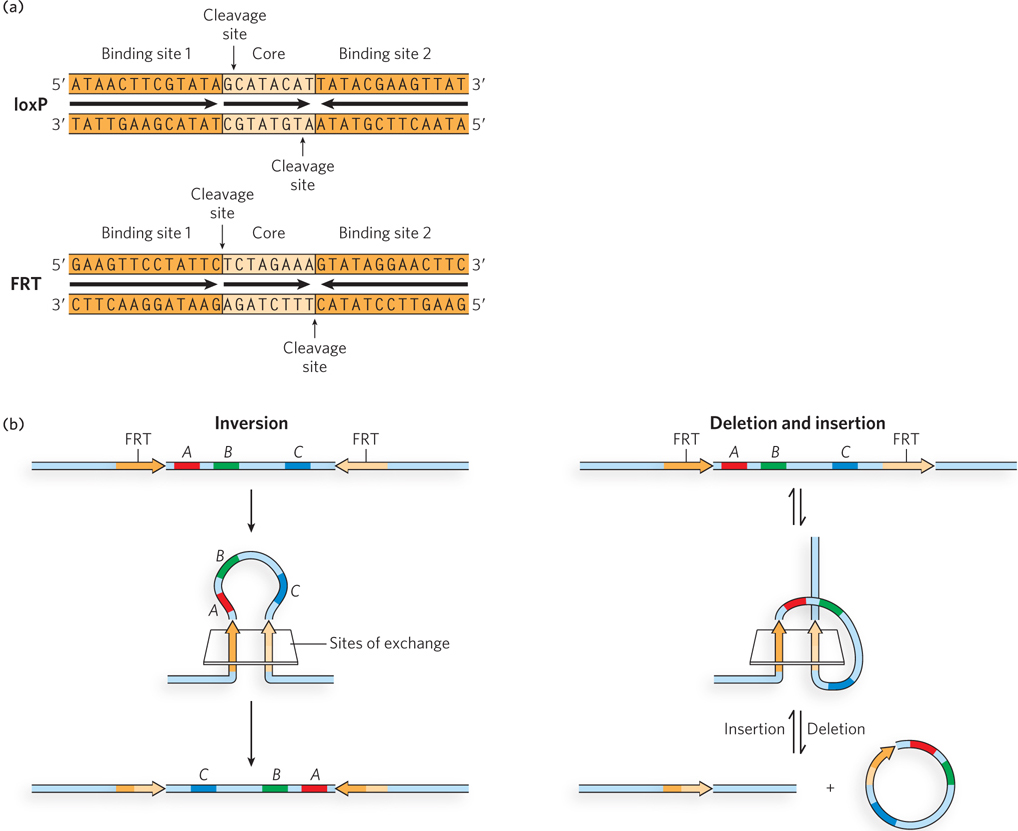
The structure and activity of site- l- 4- e-